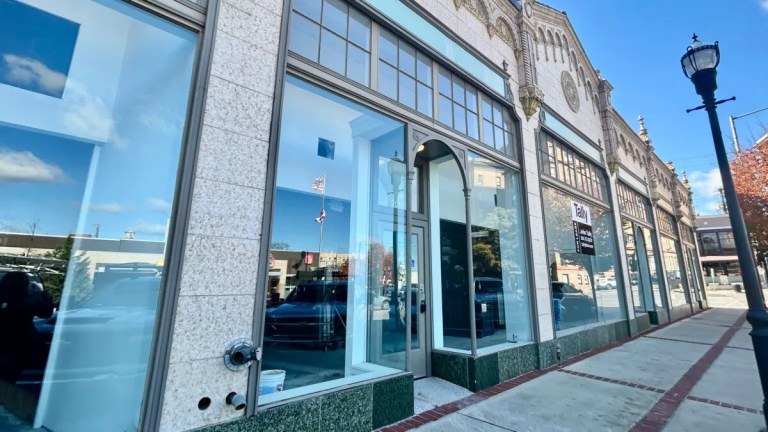Upcoming mobile app will feature Birmingham’s historic industrial sites
Reading time: 3 minutes

If there’s one thing to know about Birmingham, it’s our industrial heritage. As an infant city, Birmingham made its first mark on history as the South’s center for industry, with places like Ensley Works, U.S. Steel, Tannehill and the famous Sloss Furnaces. Now, a group of Birminghamians are working hard to create a mobile app that will make it easier than ever to learn about Birmimgham’s industrial heritage.
Meet the Birmingham Industrial Heritage Trail App

In an effort to make Birmingham’s historic industrial sites more accessible to both local and out-of-state visitors, several local institutions have banded together to create the Birmingham Industrial Heritage Trail.
Additionally, the Trail is accompanied by a mobile app, which offers users access to valuable insights, historic photos, music and oral interviews with people connected to each site.
“We want to guide people through Birmingham, taking them from the turn of the century to the 1940s. Our goal is to help people understand how Birmingham became The Magic City.”
Bettina Byrd-Giles, Project Director, Birmingham Industrial Heritage Trail
The Birmingham Industrial Heritage Trail is a collaborative effort between several local institutions, including:
- Freshwater Land Trust
- Vulcan Park & Museum
- Sloss Furnaces
- Tannehill Ironworks Historical State Park
- Railroad Park
- Red Mountain Park
- Ruffner Mountain Nature Preserve
- Negro Southern League Museum
According to Bettina Byrd-Giles, the team is planning to launch the Birmingham Industrial Heritage Trail app in February of 2021, using the TravelStorys app platform.
How does the app work?

A few years ago, I visited a museum that equipped each attendee with an iPad and headphones. When you visited each exhibit, the iPad would offer relevant information, photos and more. The Birmingham Industrial Heritage Trail app does the same thing—albeit on a much larger scale.
Using geofencing, the app will pop up with interactive stories, music and historic photos when the user visits each site. And since the tour is self-guided (whether you’re riding around in your car or biking), you can take the tour on your own time.
“I joined the project because I was very excited about the opportunity to present Birmingham’s industrial heritage to the outside world. I think many Birminghamians will relate to the stories we tell, and be able to understand Birmingham from a new perspective.”
Bettina Byrd-Giles, Project Director, Birmingham Industrial Heritage Trail
Emphasizing the Human Experience

When learning about the impact of these historic sites, it’s easy to find the numbers—when it opened, how long it operated, how many people worked there, etc. However, it’s not as easy to learn about the human element.
While Birmingham’s manufacturing and industrial sectors grew, the city attracted a variety of people seeking new opportunities. People came from all over the world—whether it be blacks and whites from rural Alabama or immigrants from overseas. So, the app includes many of these stories, linking the various sites together to create a broader picture.
“The Birmingham Industrial Heritage Trail tells the story of many families, and what their lives were like. My great grandparents came from rural Alabama to Birmingham to work in the steel industry, so it’s a very personal story to me.”
Bettina Byrd-Giles, Project Director, Birmingham Industrial Heritage Trail



